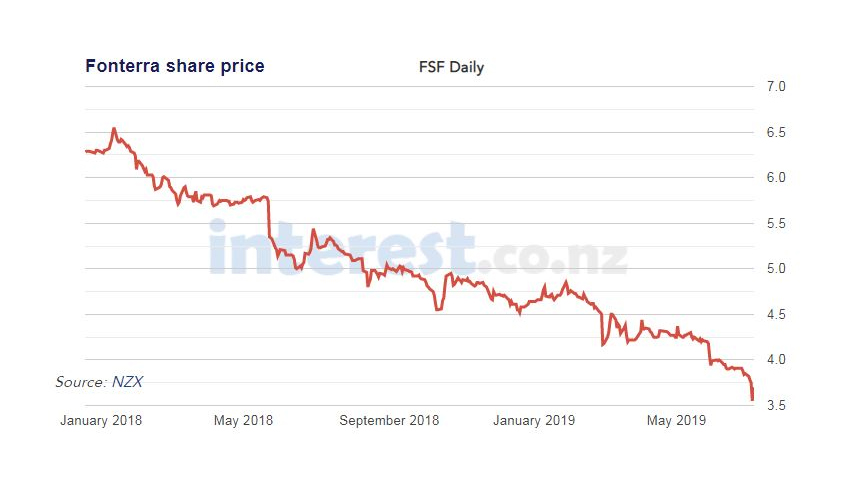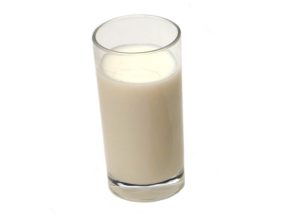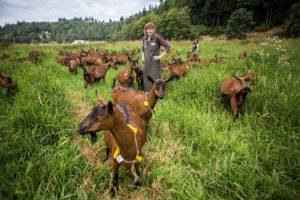Fonterra’s shares have been on a steady downward slide for the last 18 months. In January 2018 they were selling at $6.60 dropping to $3.86 at closing on 30 June 2019.
Then this last week things suddenly turned volatile, dropping at one point on July 4 a further 10 percent to $3.45, before rising by six percent to $3.69 at close of trade on 5 July.
The causes of the long-term drop are well understood. Very simply, Fonterra made a loss of $196 million in financial year 2018 largely because of write-down on assets. Fonterra is also now in asset-selling mode to strengthen its balance sheet. Non-farmer investors are coming to understand that, with family silver having to be sold as well as some rubbish disposal, any turnaround is likely to be long-term rather than short-term.
However, the recent increase in volatility is due to more than these issues. There is emerging concern that perhaps some of the asset sales are not going as well as hoped. Tip Top was easy; some of the others are taking longer. Markets hate uncertainty.
The situation is complicated by Fonterra’s unique company structure. This is because there are two separate capital entities tied together like conjoined twins. These are the Fonterra Co-operative Group (FCG) for farmer members and the Fonterra Shareholders Fund (FSF) for non-farmer investors. In terms of pricing, where one goes the other also goes. Left to themselves, they would often go in different directions.
The FCG price is driven by the demand for new shares by farmers who have to share-up in line with production, whereas shares for sale come from departing farmers. In contrast, drivers for non-farmer investors are the estimated capital value of future company profits.
The price-linking between the entities occurs through a custodian who buys and sells shares in FCG, and also buys and sells units in FSF backed by these same FCG shares that it has bought. The custodian does this in such a way as to keep the price of FCG shares and FSF units aligned. I cannot find any other co-operative company anywhere in the world that does things this way.
The total number of shares held by farmers and the custodian remains fixed at just over 1.6 billion, but how those are allocated between the farmers and the custodian can change. Hence the number of units in the FSF can also change, and it does.
What I have just said here is only the bare bones of the system, but it contains the essential elements necessary to understand something about both the long-term decline and recent volatility.

In January 2018, there were approximately 140 million dividend-earning units within the FSF. At the end of June 2019, the number had declined to approximately 102 million shares. So, how did this happen?
The answer is that farmers purchased 36 million additional shares in the FCG. Most of these purchases were by farmers who were required to ‘share-up’ to balance historical production increases resulting from dairy conversions up to five years previously. This net sharing-up in the FCG led to an equivalent reduction of 36 million units sucked out of the FSF by actions of the custodian. The FSF is like a bladder that can both expand and shrivel.
Without the custodian buying back these units, the unit prices at FSF would have dropped considerably further over the last 18 months. It has allowed disgruntled unit holders at FSF to exit from Fonterra without the need for new unit-holders to come into the market.
Conversely, if it were not for the activities of the custodian, there would also have been a shortage of shares available for purchase in the FCG, and the price of FCG shares would have increased rather than declining.
Now, some people are going to say this all sounds very complex. There is some truth to that judgement. However, the role of the custodian and the transfer between the entities lies at the heart of Fonterra’s capital restructuring back in 2012. The aim of that system was to reduce Fonterra’s redemption risk and thereby transfer the risk away from Fonterra and back to its farmer members.
Some people might also ask as to whether this system, inaccurately called ‘Trading Among Farmers’ or simply ‘TAF’ was the right structure for Fonterra. I was one of those who from the outset thought that it might end in tears. I still do. But that end is not where we are at right now.
There are two possibilities as to what caused the sudden collapse of the price on 4 July, when both FCG and FSF shed over ten percent in a few hours. It could have simply been that multiple non-farmer investors got cold feet from recent media speculation, including the suggestion that Westland’s fate might be the prelude to a similar fate for Fonterra. It is also possible that some farmers departing Fonterra decided to sell their shares on that day and there were no other farmers wanting to buy them. Digging in the data, I think I can see some evidence for the latter.
So, the custodian came to the rescue by purchasing FCG shares and then created balancing units in FSF. However, the process dragged down the price at FSF to make the transfer stick.
As to why the price then rose some six percent on 5 July, it could have been that other farmers needing to share-up decided this was the time to do so, or alternatively, investors responded to soothing words from Chief Financial Officer Marc Rivers on the evening of 4 July that Fonterra knew no reason for the price decline. I think it was a bit of both.
In coming weeks, the market will remain nervous until there is more information from Fonterra on both their asset-sale program and the operational profit for the season just ending. Fonterra has a balance date of 31 July. It will be a nervous wait.
Here is what Fonterra CFO Marc Rivers said on 4 July. “…our performance is not where it needs to be. We’re doing everything we can to turn that performance around and are undergoing a full strategy review. We know there are going to be some bumps along the way.”
It is this acknowledged outlook for “more bumps along the way” that will have both investors and farmers wondering.
The biggest test for the Fonterra capital structure will occur much further into the future should Fonterra’s milk supply ever drop. Linked to any production drop, farmers would be selling their shares. The same drop in milk supply would also threaten profits and create risk for stranded assets. Non-farmer investors would also therefore want to exit.
The above scenario, with the conjoined twins now wanting to run in the same direction, would be the real test for the Fonterra capital structure. The Government might then have to decide as to whether Fonterra was too big to fail. But that scenario is still way over the horizon.
Right now, the reduction in share price does not affect Fonterra itself in any direct way. It is simply a sign that investors are unimpressed. However, the reduced value of Fonterra shares does affect farm balance sheets. Hence, rural bankers have less security for their farm loans. With the current tightening of the rural-credit screws, this is where it is hurting farmers right now.













